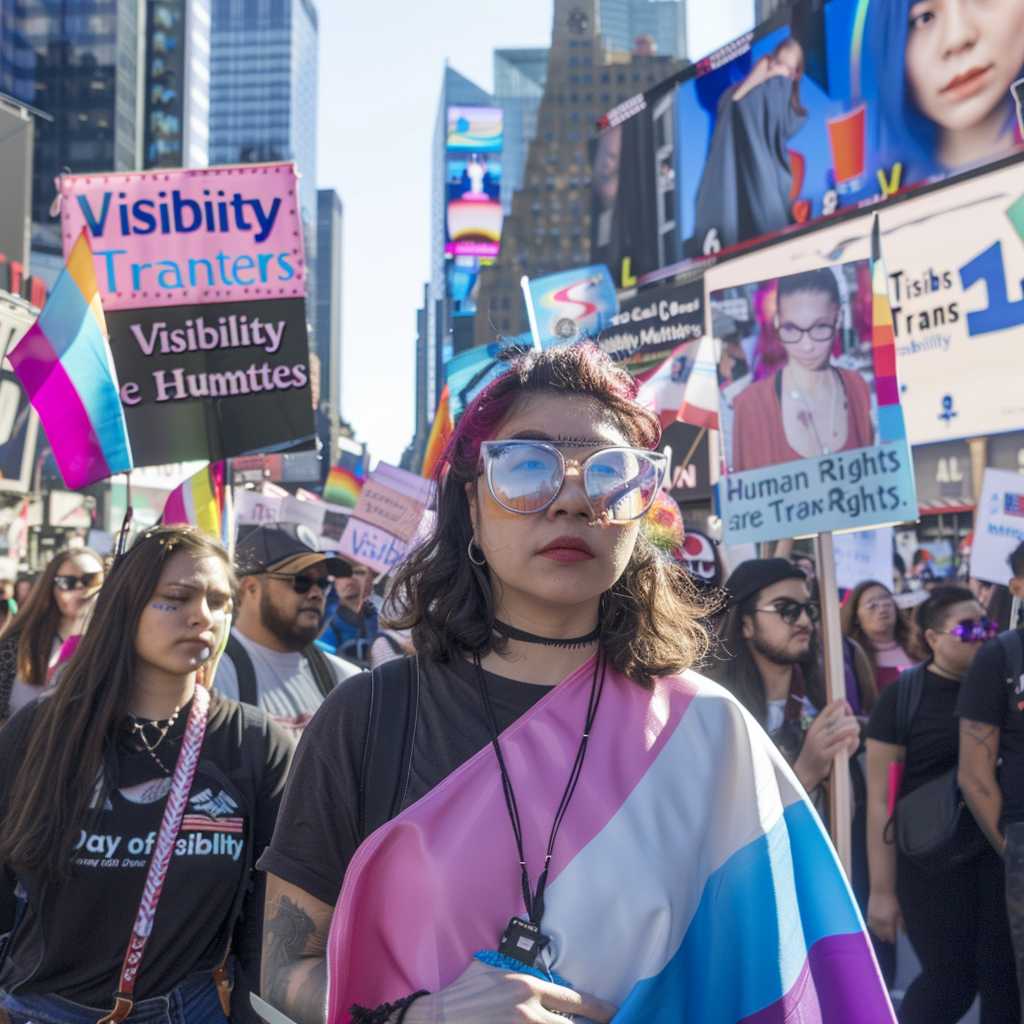Transgender Day of Visibility: Celebrating Lives and Advocating for Rights
Transgender Day of Visibility (TDoV) is an annual event that occurs on March 31st, dedicated to honoring the courage and resilience of the transgender community while also raising awareness about the bias they face globally. Instituted in 2009, it has become an important fixture in the calendar for gender advocacy and LGBT rights.
Origins and Significance of Transgender Day of Visibility
History and Foundation
The event was founded by Michigan-based trans activist Rachel Crandall-Crocker in response to the lack of LGBT holidays celebrating transgender people, with most attention going to events that memorialized victims of hate crimes. The inaugural TDoV sought to shift focus towards living members of the transgender community, celebrating their contributions and raising awareness of the challenges they still encounter.
Purpose and Goals
TDoV allows participants to learn about and advocate for the issues transgender people face both locally and worldwide. From healthcare discrimination to legal recognition to physical violence, the day encourages tough conversations on how societies can better support transgender citizens. As a positive demonstration, it also serves as an avenue for trans individuals to share their successes and affirm their self-identity publicly.
Celebration and Advocacy Efforts Globally
Community Gatherings and Events
Across various countries, TDoV encompasses numerous types of activities and events. These often include information sessions, workshops on trans issues, networking mixers within the local LGBTQ+ communities, art exhibitions created by transgender artists, and public discussions to inform policy actions.
Debunking Myths and Educating the Public
Educational campaigns are also a part of TDoV’s initiative. These efforts aim at deconstructing ongoing myths about transgender people by disseminating factual information through media or engaging talks.
Mobilizing Through Social Media
Social media plays a key role in celebrations with hashtags such as #TDoV going viral on platforms like Twitter, Instagram & Facebook. Trans people across the globe take to these platforms to share their stories, struggles, and achievements, thus humanizing their experiences amid persisting stereotypes.
Challenges Faced by the Transgender Community
Societal Barriers
The stigma surrounding transgender identities often leads to various forms of discrimination. Examples are housing prejudices where trans individuals are at risk of eviction based on gender identity or expression and barriers in receiving appropriate medical care due to ignorance or malpractice.
Legal Challenges
The legal system sometimes poses roadblocks-in obtaining identity documents that reflect one’s gender identity, the right to freedom from discrimination, and appropriate consideration within the judicial process.
Physical and Psychological Challenges
Violence against trans people remains rampant across many societies. Mental health concerns also weigh heavily due to societal rejection, emphasizing the need for comprehensive support mechanisms for the transgender population.
Developments in Trans Rights and Acknowledgment
Progressive Legislation Around the World
Thanks to sustained advocacy efforts, some countries have made significant strides in protecting transgender rights through changes in laws allowing gender changes on identification documents without undue procedural requirements and recognizing anti-trans violence as a hate crime.
Improvements in Representation
The visibility of transgender individuals in media has been improving steadily. With more high-profile trans celebrities speaking openly about their journey, there’s a heightened sense of representation in popular culture.
Corporate Inclusion Initiatives
Forward-thinking corporations are taking concrete steps to make workplaces more inclusive for trans employees by establishing clear non-discrimination policies and providing sensitivity training for their workforce.
